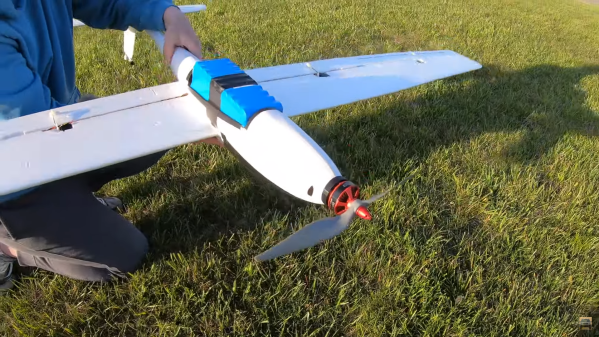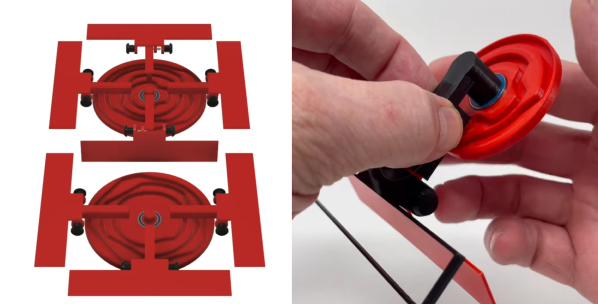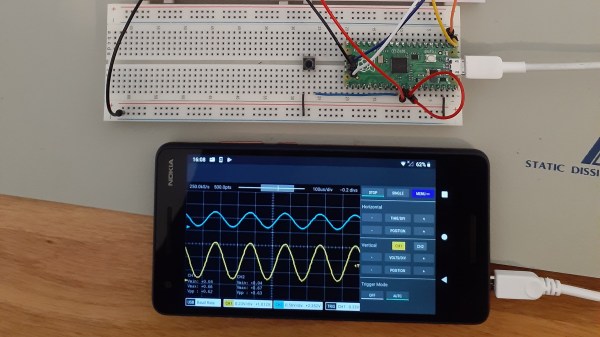The art of building purely mechanical automatons has dramatically declined with the arrival of electronics over the past century, but there are still a few craftsmen who keep the art form alive. [François Junod] is one of these masters, and the craftsmanship and intricacy on display in his automata is absolutely amazing.
[François]’ creations are all completely devoid of electronics, and are powered either by wound-up springs or weights. The mechanics of the automata are part of the display, and contain a vast array of gears, linkages, belts and tracks. Many of them also include their own soundtrack, which range from simple bells and chimes to complete melodies from mechanized wind instruments, as demonstrated in Le Champignonneur below. He also collaborates with craftsman like jewelers on works like La Fée Ondine, which we thought was CGI when we first saw it in the video after the break.
Very few people have the time, skill and patience to make these creations, but we are glad there are still a few around. Some builds, like [Patelo]’s flightless drone aren’t quite as complex, but are no less inspiring. If you don’t quite have the time and fabrication skills, you can still create mesmerizing automatons with 3D printing like [gzumwalt]. Continue reading “The Incredible Mechanical Artistry Of François Junod”

















